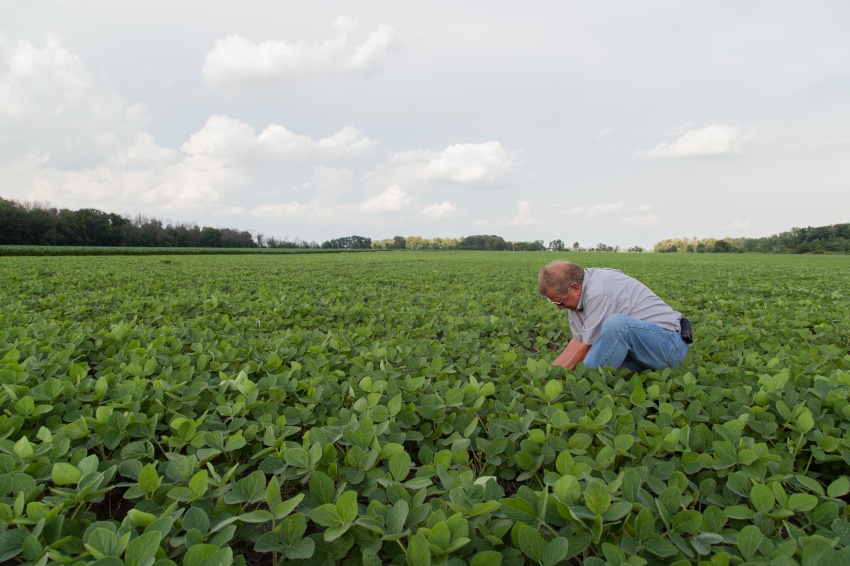10 Priority Decisions for Soybean Production

Nowadays, farmers are well aware of what they need to do to maximize soybean yield. However, here are 10 areas that require special attention every year.
1) VARIETY SELECTION. Select varieties based on a combination of these factors:
- Proven yield potential – Use variety trial information from public and industry sources
- Maturity group – Select based on desired length of growing season and drought and pest avoidance potential.
- Tolerance to herbicides; resistance to nematodes and diseases.
2) TILLAGE. Strive for a minimum-/no-tillage system and use fall/spring tillage only where needed for herbicide-resistant-weed control. Tillage may be the only available remedy to control some species.
3) SPRING WEED BURNDOWN. Apply the proper mix of spring burndown herbicides. This is the initial phase of herbicide-resistant-weed management. Add residual herbicides in fields with known herbicide-resistant weeds. Use herbicides with different modes of action in all applications.
4) PLANTING DATE. Select based on the following factors:
- Estimated last spring frost date.
- In some areas, early planting allows farmers to avoid drought by missing the hottest and driest parts of the summer.
- Planting early can avoid late season insect and disease infestations.
- Harvest schedule.
5) SEED TREATMENTS. Select and apply seed treatments based on the following factors:
- Select materials that control diseases, insects, and nematodes that are prevalent in your area.
- Early-season pests that need to be minimized to ensure a good stand.
6) EARLY-SEASON WEEDS. Manage for early season weed escapes, especially herbicide-resistant species. Control them soon after planting to avoid competition with soybean plants.
7) CONTROL INSECTS AND DISEASES. This is especially important after the R1 growth stage in high-yield environments. Use thresholds for treatment decisions.
8) IRRIGATION AFTER R1. Use methods to conserve water while maximizing yield potential within water-supply constraints.
9) SAMPLE SOIL FOR NEMATODES to determine presence and species in order to determine control measures. Best practices include sampling in the fall shortly after harvest. Then use the results to select varieties with known resistance to the species and races you find. Or plan a rotational cropping system to avoid yield reductions.
10) SAMPLE FOR SOIL-FERTILITY LEVELS. To maintain high fertility levels, sample in the fall after harvest. Consistently high yields will remove significant amounts of nutrients that must be replaced to maintain high yields.



